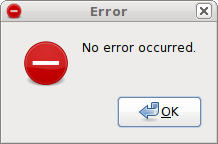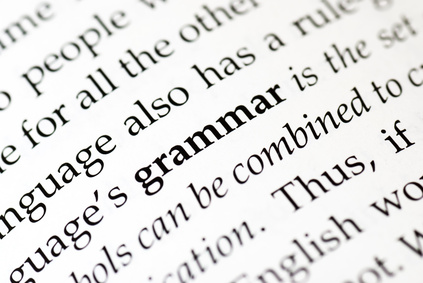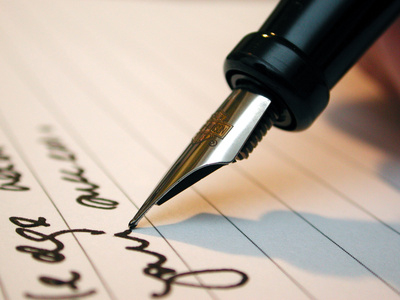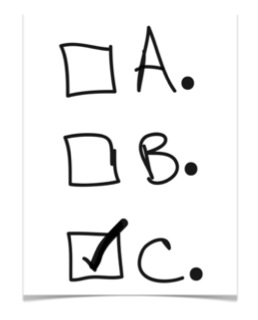The following article is an excerpt from my e-book SAT Grammar Crammer!
Adverbs and Adjectives: the little “-ly” that makes all the difference
Adjectives are words that are used to describe or add detail about nouns or pronouns: in other words, people, places, or things. They tell us more about what something or someone is like.
A few examples of adjectives are “blue,” “fast,” “small,” “important,” and “complete.”
Adverbs are words that are used to describe or add detail about verbs, adjectives, or other adverbs. They tell us more about how something is done or further clarify other descriptive details.
A few examples of adverbs are “quickly,” “fundamentally,” “importantly,” “completely,” and “very.”
You can imagine adjectives and adverbs as twins separated at birth and raised in very different ways. They have something in common: they both describe and add details to other words.
However, just like twins raised separately could have very different favorite foods, adjective and adverbs have different interests.
Adjectives will only play nicely with one set of words: people, places, and things. Adverbs will only play nicely with verbs, adjectives, and adverbs.

Get Exclusive SAT Prep Tips!
I want to send you more tips to help your SAT score, but I need your email address to stay in touch. Enter your email below so I can send you my reports on the SAT and other subscriber-only bonuses.
I’ve always thought this is a ridiculous and unnecessary distinction, but unfortunately, it’s the way the grammar game is played in English.
Therefore, to improve your score on the SAT Writing section, you need to be able to identify adjectives vs. adverbs and determine if they are “attached” to the right type of word – the types that each one plays nicely with.
The easiest test for whether a descriptive word is an adverb or an adjective is to look for an “-ly” at the end of the word. 99 times out of 100, an adverb will look like an adjective with “-ly” stuck on at the end.
Here are a few examples of regular adjective/adverb pairs:
– The adjective “wise” becomes the adverb “wisely.”
– The adjective “sad” becomes the adverb “sadly.”
– The adjective “haughty” becomes the adverb “haughtily.”
The remaining 1 in 100 adverbs are irregular: for example, the adjective “good” becomes the adverb “well.”
Here’s the good news: the SAT virtually never tests irregular adverbs – in fact, in my experience, it never has!
That means that you just need to recognize the “-ly” that’s at the end of all regular adverbs.
Within the adjective/adverb topic, your job on the SAT Writing section is to identify descriptive words and make sure that adjectives and adverbs are each only doing the job they’re meant to do.
To get the complete text of this SAT Grammar lesson, along with more than 14 other lessons, two diagnostic tests and over two hundred practice questions written by a two-time perfect scorer and pro SAT tutor, order your copy of The Top 12 SAT Writing Grammar Rules today!
Further Reading:
What exactly is on the SAT Writing test?
SAT Writing Rules: Misplaced Modifiers
How to Hack the SAT Writing Section
Why Is Grammar Important?
Additional Resources:
SAT Grammar Crammer: Top 12 Rules of SAT Writing (e-Book)
Before you leave, be sure to join my SAT email list! I send readers subscriber-only exclusive content like my Urgent Report on SAT Reading to help you prepare for test day.

















Find Me on Social Media